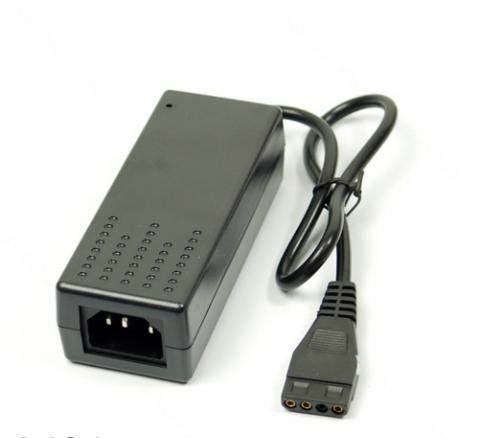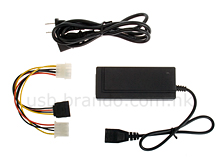
When the heads read back the user data, ECC uses the read and the ECC bits to report any errors to the controller. When the heads write a sector to hard disk, ECC generates codes and stores them in reserved bits within the sector. ECC stores non-user data bits on each sector that contain information about the user data on the sector. Error correcting codes (ECC) are a redundant technology developed to protect against errors on storage devices, including magnetic disk. Some of the errors are identifiable by firmware or OS others are undetectable until the hard drive fails. These bits are subject to errors from many different causes. Each sector on a hard disk contains 512 bytes of user data, or 4096 bits. Customers may or may not be able to recover data. Scratch damage and particles from damaged heads or platters create bad sectors, which can severely damage a disk and its data. Several factors can damage the heads causing head crashes: power loss, motor failure, concussive shock, dust particles that make it through the air filter, wear and tear from aging, or subpar manufacturing. It occurs when the read/write heads touch or scrape the platter surface, which understandably causes a disk failure. A head crash is the most common cause of drive failure. In practice, if a drive is reliable for just few months it will generally be reliable throughout its lifetime. Manufacturers measure reliability using constantly running sample drives, analyzing subsequent wear and tear, and expanding results across the expected lifecycle. These are averages that cannot predict individual disk reliability but can yield average reliability for a specific model or family of disk drives. Drive manufacturers report their drives’ reliability using mean time between failures (MTBF) or annualized failure rates (AFR). Sometimes drives fail because of wear and tear or poor manufacturing quality. HDD reliability is concerned with internal threats to the HDD, including equipment failures, data errors, and head crashes. Many external factors can cause a disk failure, including power loss, wildfire or floods, magnetic interference, malware, dropping a drive (it happens), or environmental contamination that causes a head crash. HDD reliability does not directly correlate to HDD failures. It’s usually described in as megabytes per second (MBps). Transfer rate is how fast the data is transmitted to and from the read/write heads. Typical rotational speeds range from 6.25 ms at 4800 rpm to 2 ms at 15K rpm.ģ. Latency is calculated from seek time and the rpm of the spinning disk and is measured in milliseconds. Rotational latency is the time it takes for the requested sector to move under the head. Access time includes the actual seek time (how long it takes the heads to get to the right track), rotational latency, and sufficient time to complete command processing.Ģ.

Access time is the time it takes for the disk drive to move the heads to a track to read or write the data.

Performance is calculated by three measurements: average access time, average latency, and average data rate.ġ. That number has been inching up for years and will likely go higher as HDD capacity development continues. The OS will report available storage correctly to the user.Ĭommercial available HDD capacity varies wildly from a few hundred GBs to 12TB for enterprise drives. Not all this room is available for user data storage thanks to the file system and computer OS, and on most disks reserved space for RAID operations or other recovery options. The industry measures capacity in powers of 1000, so a 1TB drive stores 1000GB.

High capacity and performance are primary HDD characteristics, with reliability a close second. HDD Characteristics: Capacity, Performance, Reliability HDDs usually have two motors: one for the spindle to spin the disks and the motor that positions the arms and read/write heads. Modern HDDs spin from a low consumer speed of 4200 revolutions per minute (rpm) to enterprise-grade 15K rpm. Storage professionals often refer to a HDD’s “spinning disks,” because these rotating discs are a key feature of the HDD. Disks are of course non-volatile and will not lose stored data when the drive powers off. This is random access storage that does not require sequential blocks to work. Magnetic heads on actuator arms move over the platter surface to read and write binary data bits by detecting changes in magnetization on the platter. The platters are not magnetic but are coated with magnetic material. Its architecture is rigid rapidly rotating disks, or platters, held in place by spindles. Hard disk drives are magnetic media that store and retrieve digital data. Understanding this is necessary to knowing where HDD is going – and where it can’t go. It’s elementary perhaps, but hard drive architecture is both HDD’s strength and its Achilles heel.

HDD Outlook What Are HDDs and How Do They Work?


 0 kommentar(er)
0 kommentar(er)
